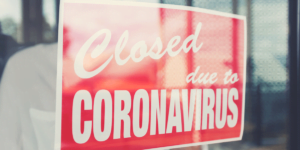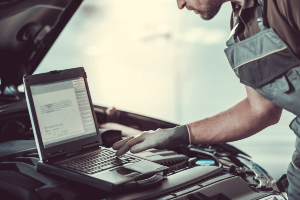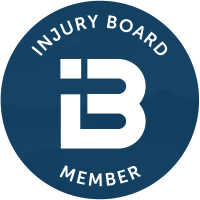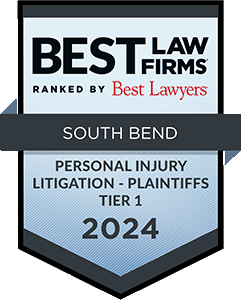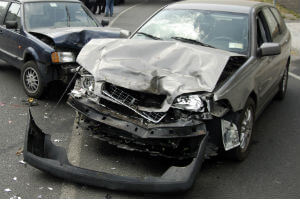 Being in a car accident can be a terrifying experience that may result in significant injuries, costly medical treatment and a long road to recovery, particularly if more than two vehicles were involved.
Being in a car accident can be a terrifying experience that may result in significant injuries, costly medical treatment and a long road to recovery, particularly if more than two vehicles were involved.
If you sustained one or more injuries in a multi-vehicle accident, our experienced South Bend car accident lawyers at Pfeifer, Morgan & Stesiak offer a free claim review to discuss possible options for pursuing financial compensation.
Types of Accidents that May Involve Multiple Vehicles
There are a few common types of accidents that may involve multiple vehicles:
- Chain reaction accident – Chain reaction accidents involve three or more vehicles. They are usually initiated by a single collision. The force of the initial collision causes one or more vehicles to ram into other vehicles that are nearby. These accidents often occur on narrow roads or when traffic is stopped.
- Rear-end crash – One vehicle that rear-ends the vehicle in front of it may hit the vehicle with such force that the vehicle is propelled into a third vehicle. The third vehicle could be propelled into a fourth, depending on the force of the initial impact and how close the vehicles are to each other.
- Intersection collision – Running a red light creates an increased risk of a collision, particularly if multiple lanes of cars are traveling through the intersection when a driver runs a red light.
- Highway crashes – Cars are traveling so fast the risk of a multi-vehicle crash goes up. Drivers have less time to react and to maneuver to avoid a collision. Multi-vehicle accidents often happen when there is heavy rush hour traffic.
Why Multi-Vehicle Crashes Are Complicated
Determining fault for a multi-vehicle crash is often more complicated than a crash involving just two vehicles. Indiana follows a comparative fault system, so more than one individual or entity may share responsibility for a crash.
Your attorney and insurance company investigators will likely review several factors to determine fault for the crash, such as:
- Extent and location of vehicle damage
- Statements gathered from witnesses and other drivers
- Photos taken at the scene of the accident
- Police reports
To establish liability against any of the other drivers, the victim must show that the actions of the at-fault party were the proximate cause of the accident. In other words, the accident would have been avoided if the driver had acted with reasonable care instead of negligence.
Under Indiana Code 34-51-2-5, personal injury victims assigned a portion of fault for an accident can still recover damages as long as the percentage of fault is less than 51 percent. However, any final payout to the injured party will be reduced by the percentage of his or her fault. For example, if the victim is found to be 20 percent at-fault and the payout is $100,000, the injured party will only receive $80,000.
Learn More by Contacting a Lawyer
If you were involved in a multi-vehicle crash, it can be beneficial to have a strong legal advocate on your side who can protect your interests. The legal team at Pfeifer, Morgan & Stesiak is prepared to conduct a thorough investigation and collect evidence to support your claim.
We offer a free legal consultation to determine your eligibility for a claim, and our experienced lawyers work on a contingency fee basis. That means you will pay nothing up front for our services. We only get paid if you do.
Contact us today to learn more. You can call anytime. (574) 444-0741

